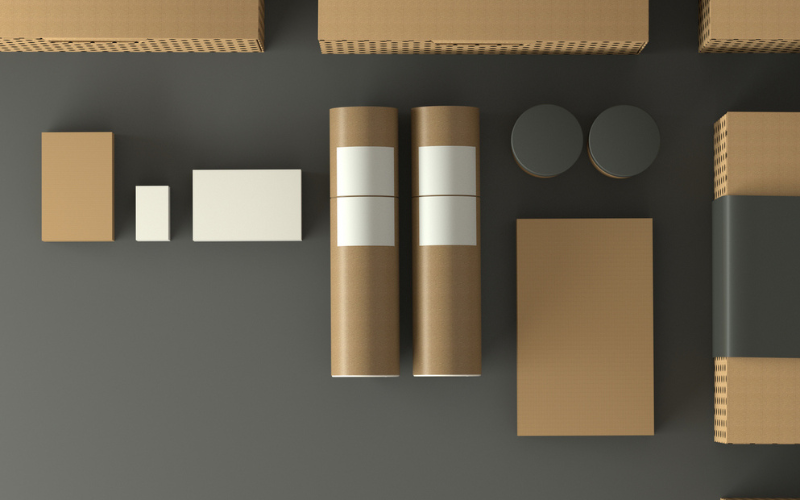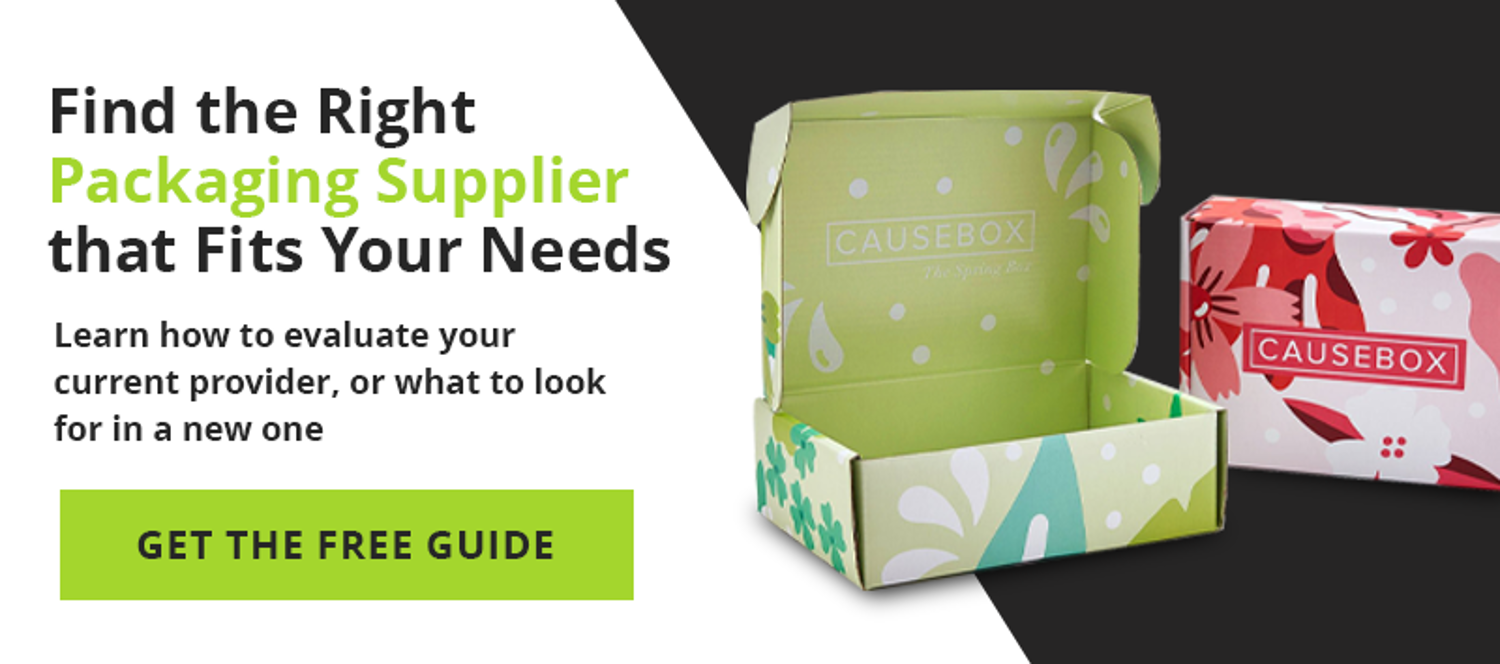Box Designs Unboxed: Your Guide to Dodging Common Mistakes
Packaging isn't just a container; it's the first impression your product makes on potential customers. A well crafted box design doesn’t just protect its contents—it also tells a story, captures attention, and conveys the essence of your brand.
However, navigating the intricate realm of packaging design can be fraught with pitfalls. In this guide, we'll unravel common packaging design and engineering mistakes and provide actionable insights to ensure your design journey is smooth and successful.
Curating Perfect Packaging: 10 Box Design Mistakes to Avoid
1. Neglecting Brand Consistency
Your box design and packaging is a tangible representation of your brand's identity. One of the gravest mistakes is creating packaging that doesn't align with your brand's overall aesthetic. Consistency across all touch points, from your logo and color palette to typography and imagery, reinforces your brand's message and makes it instantly recognizable. Before diving into design, establish brand guidelines that dictate how your packaging should look and feel.
2. Overlooking Practicality
While aesthetics are important, practicality should never be compromised. An overly intricate or complex design might dazzle at first glance, but if it's difficult to open, assemble, or use, your customers might be left feeling frustrated. User experience is key to successful packaging—that includes everything from easy assembly to secure closure and intuitive usage. Your package must not only look great—it must also function seamlessly.
For example, boxes that can be repurposed or used for another function, such as a children’s toy that comes in a box that can then be used to store toys or as a desk organizer, are practical packaging options that are extremely popular with consumers.
3. Failing to Prioritize Material Quality
Packaging is a tactile experience. Subpar materials can instantly diminish the perceived value of your product. Opting for cheap or flimsy materials not only jeopardizes the safety of your product but also erodes customer trust. Invest in high-quality materials that not only protect your product but also exude durability and excellence.
For example, corrugated cardboard and rigid boxes are both durable and aesthetically pleasing, depending on your product and brand.
4. Disregarding Sustainability
In today's eco-conscious landscape, overlooking sustainability can be a major misstep. Packaging that isn't environmentally friendly can alienate a growing segment of environmentally aware consumers. Incorporate sustainable materials, minimize waste, and explore options for recyclability and reusability. Not only do these choices reflect positively on your brand, but they also align with the broader societal push toward responsible consumption.
Boxes lend themselves well to sustainable materials such as recycled cardboard, kraft paper, biodegradable and plant-based plastics, and others.
5. Misjudging Your Target Audience
Understanding your audience is a critical step to crafting quality boxes, and packaging in general. A packaging design that appeals to a younger demographic might not connect with an older audience and vice versa. Conduct thorough market research to comprehend your target audience's preferences, values, and aesthetics, then tailor your design to speak directly to them.
6. Ignoring Hierarchy and Clarity
Your packaging should convey information quickly and effectively. Placing critical information like product name, features, and benefits in obscure spots or using hard-to-read fonts can confuse customers and drive them away. Establish a clear hierarchy in your design, ensuring essential information is easily visible and comprehensible even at a glance.
7. Overcrowding Design Elements
Less can often be more in packaging design. Overcrowding your design with too many graphics, colors, or text can overwhelm the viewer and dilute your brand's message. Embrace white space to create breathing room and allow your key design elements to shine. A clean and well-balanced design can leave a lasting impact.
8. Neglecting Legal and Regulatory Requirements
Packaging is subject to various regulations and requirements, depending on the industry and location. Neglecting to include mandatory information such as nutritional facts, ingredient lists, or safety warnings can lead to serious legal repercussions.
Amazon, for example, has strict packaging requirements that vendors must follow to be successful on their platform.
9. Disregarding Print Quality
The most impeccable design can fall flat if not executed well in the printing process. Low-resolution images, color inconsistencies, and misaligned graphics can diminish the visual appeal of your packaging. Work closely with an experienced package engineer and design company to ensure your design translates seamlessly from screen to packaging.
10. Skipping Prototyping and Testing
Before mass production, it's crucial to create prototypes and conduct thorough testing. Packaging samples allow you to physically interact with your design, identifying any functionality or aesthetic flaws. Testing your packaging with a sample audience can provide invaluable insights into its effectiveness and appeal.
Related Content: How to Plan a Packaging Sample
How to Choose the Right Packaging Partner
To avoid these common design pitfalls, you must select a packaging company that can guarantee your product's boxes exude functionality and style. Start by scrutinizing prospective partners’ portfolios to gauge their versatility and creativity across diverse industries. Seek companies that emphasize a collaborative approach, valuing your input while leveraging their expertise, as well as firms with a keen eye for detail and robust understanding of material selection, eco-friendly options, and structural integrity.
Takeaway: Knowledge is Power When it Comes to Packaging
In the dynamic world of packaging design, knowing which mistakes can be easily avoided is essential for creating packaging that captures attention, enhances your brand's image, and delights customers.
By prioritizing the potential pitfalls discussed in this article and any others that are important to your brand’s values and goals, you're poised to design boxes that stand out on the shelves and in the minds of your customers. Remember, packaging is more than just a box—it's a gateway to your brand's story and an opportunity to create lasting connections.




.jpg?width=352&name=laura-chouette-_VGVkfGxeSY-unsplash%20(1).jpg)

